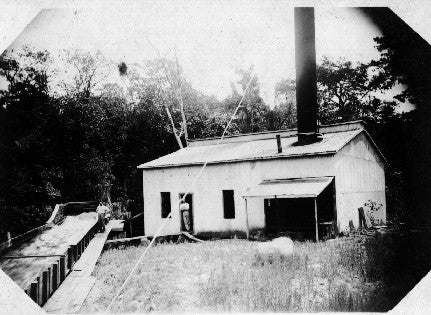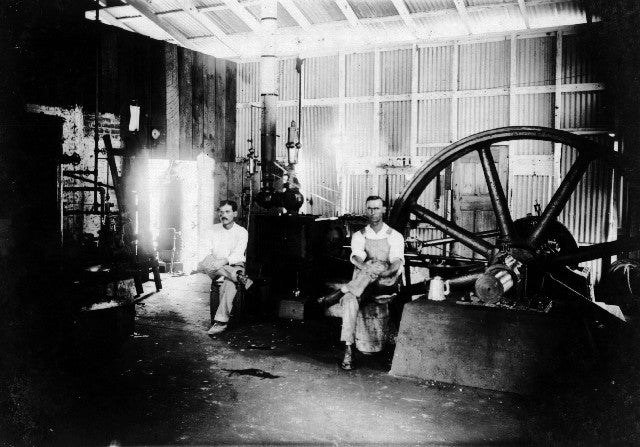Purchase of Kishi Colony
After finalizing his decision to purchase a field of farming land in Terry, Kishi brought with him an advance party from Japan in early 1907 consisting of Junzo Nagai, Isoshichi Onozuka and Kihei Kamata of Niigata Prefecture, and Riichi Tachibana of Hyogo. Because of his fluencly in English, Kishi chose Junzo Nagai [2] Although Kishi signed the lease and purchase contract in September 1907, a final agreement was not reached until October 1908 under witness of Saburo Arai and C. L. Bradley [1,2,3]. The final price for the purchase of the 3,580 acres of land was $72,000 with a reqired down payment of $15,000 and was made possible by the investments of Kishi’s father’s business contacts. Upon completion of the purchase, Kichimatsu Kishi became the owner of the largest Japanese-run farm in the state of [1,3].

Kishi and his advanced party when investigating the land after arriving in September were met by 2000 acres of land ready for immediate agricultural use and bodered with trees of varying species: live oak, pine, hickory, and other trees. The farm was equipped with everything necessary for living, irrigation, and agriculture, including buildings like the main house, tenant sheds, warehouses, and barns which and were in close proximity of the Terry raildroad. Among provided machinery were two four-wheeled trucks. Also provided was several head of livestock already roaming on the farm. (Orange County, Deed Records, Vol. IV, 141)[2]
Also provided was a pump station equipped with an oil-powered Ivens centrifugal pump extracting water from the Cow Bayou to provide irrigation for the farm. Water from the pump station was funneled into a 100 feet wide and 3.5 mile long canal which began at Cow Bayou, extended southwest and then turned to the west. Various canals branched from the main canal with widths varying between 20 to 50 feet and extending over 4 miles. Branch canals were 4 miles long and varied in width from 20 to 50 feet. Several wells were also present across the farmland serving as additional sources of water for rice the fields. (Taylor, Irrigation Systems, 97-98; Taylor, Rice Irrigation, 19)[2]

In beginning a new life in Orange County, Kishi wanted to fully assimilate into the community and was willing to help his neighbors in a time in which the economic health of the U.S. was worsening. When bank moratorium was declared, Kishi did not hesitate to bring more money in from Japan to deposit in his local bank. Receiving more than $30,000 in gold from Japan, Kishi went to deposit the funds in First National Bank of Orange. Although heavily dissuaded by the vice president, James Ochiltree Sims, due to the inability of withdrawing more than $50 a day, Kishi still deposited money in the bank. Kishi stated that he had “already been part of American Citizenship and was willing to share economic hardships with his neighbors”. Following this decision, Kishi’s standing within the Orange community improved significantly and he gained more respect from his neighbors. He also gained a close friend from Sims. (Kato, 136-137; BE, 10/3/1982; interview with Taro Kishi)[2]
References
1. Walls, Thomas K. (1987) The Japanese Texans, San Antonio: University of Texas, Institute of Texan Cultures at San Antonio, 1996.
2. Orii, K. (1983) Kichimatsu Kishi’s Japanese Colony at Terry, Texas, Department of History, University of Pennsylvania.
3. Wingate, G. (1974) “The Kishi Colony,” in The Folklore of Texan Cultures, Abernethy, F. E., ed. The Encino Press, Austin.
Taro Kishi (1903 - 1993)
